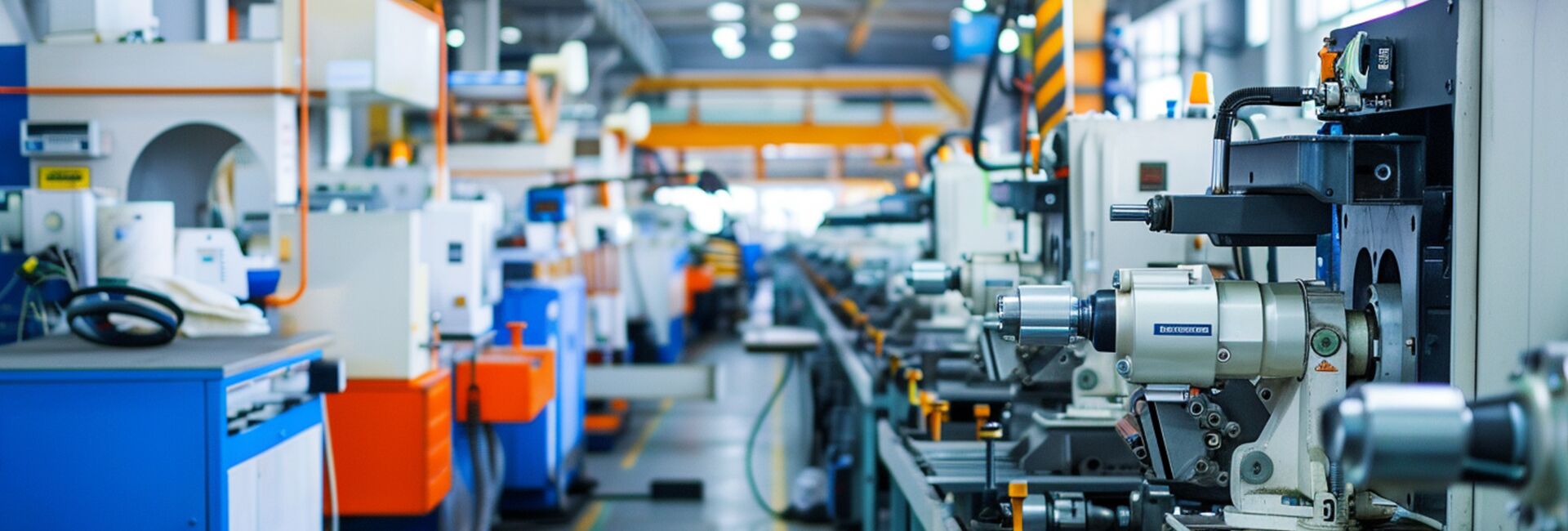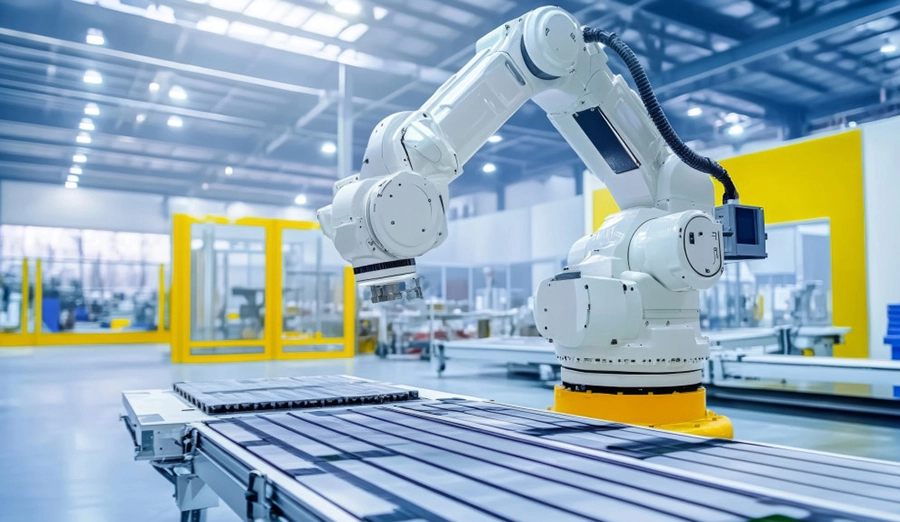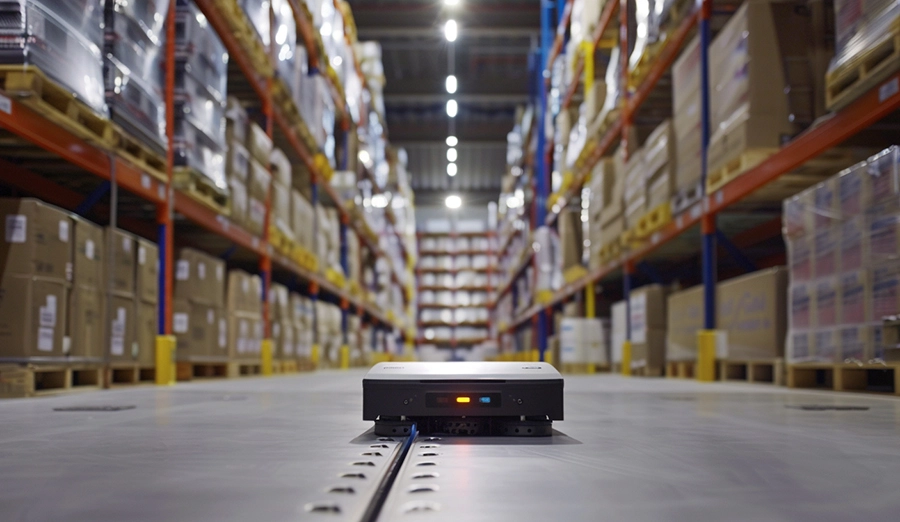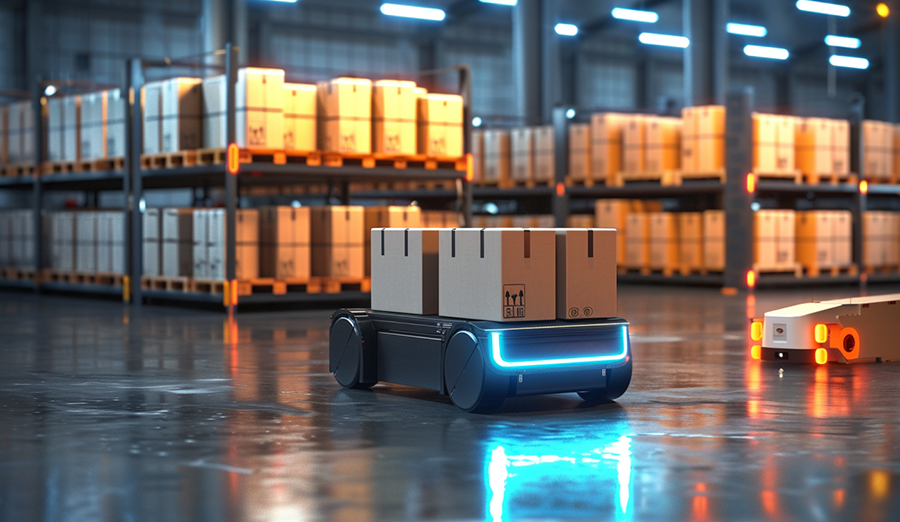
WIRELESS CHARGING IN THE NEWS
In the intricate jungle of equipment at the substation, a power inspection robot has just completed a round of precise detection. It doesn't need to painstakingly search for charging piles, nor does it require manual risk of plugging and unplugging cables. It easily approached the charging area and came to a steady stop just a few centimeters from the ground charging station - in an instant, the energy replenishment began quietly! This is the "superpower" that magnetic resonance wireless charging technology endows power inspection robots with, completely bidding farewell to the energy anxiety of the "last mile".
The core of energy "transmission across space" : the magic of magnetic resonance
Unlike the wireless charging of mobile phones we are familiar with (which mainly relies on electromagnetic induction and requires a tight fit), modern power inspection robots generally embrace more advanced and flexible magnetic resonance wireless charging technology. The mystery lies in:
1. Resonant frequency matching: Both the charging pile (transmitting end) and the robot chassis (receiving end) are equipped with carefully designed coils inside. The key point is that these two coils are tuned to exactly the same specific resonant frequency.
2. Magnetic field energy resonance: When high-frequency alternating current is passed through the transmitting coil, an oscillating magnetic field is generated. The receiving coil, due to its same resonant frequency, will resonate strongly with this magnetic field.
3. High-efficiency energy capture: In a resonant state, energy can be efficiently "coupled" through the magnetic field between the transmitting and receiving ends. Even if there is a few centimeters of air gap (usually up to 0-10cm), electrical energy can still be stably transmitted to the robot's battery.
Why has magnetic resonance become the "best partner" for inspection robots?
In high-voltage, complex and unmanned power inspection scenarios, magnetic resonance technology has demonstrated unparalleled advantages:
1. Key advantage: Greater charging distance (0-10cm) : This is the core difference from electromagnetic induction! The robot does not need to be precisely "aligned". It just needs to drive into the vicinity of the charging area (within a range of 10cm) to be effectively charged. It has greatly reduced the strict requirements for the parking accuracy of robots, and improved reliability and fault tolerance.
2. Flexible deployment and adaptability to complex environments: The charging piles can be more flexibly embedded in the robot's "rest dock" or installed at key nodes along the inspection path (corners, beside tracks), without the need for extremely close physical contact as in electromagnetic induction. The robust IP65+ protection design easily withstands dust, moisture and electromagnetic interference in substations.
3. True "zero-contact" safe charging: The entire charging process is completely physically isolated, with no exposed metal contacts. There is no spark or arc. It is intrinsically safe to charge near potentially explosive gases or high-voltage equipment, eliminating the huge risk of manual plugging and unplugging.
4. High-efficiency penetration and strong anti-offset ability: Magnetic resonance energy transmission has a higher tolerance for minor horizontal offsets between coils and can effectively penetrate non-metallic materials (such as robot chassis protection plates), making the system more robust.
5. Intelligent management: Real-time monitoring of current, voltage, temperature and battery status during the charging process. Robots often take advantage of the charging time to transmit inspection data at high speed through the communication link of the pile body, achieving "reporting upon charging" and doubling the efficiency.
Beyond "Wireless" : The Operation and Maintenance Revolution Brought by Magnetic Resonance Charging
Magnetic resonance wireless charging is not merely about eliminating a single wire; it is profoundly transforming the mode of power inspection:
• Unattended closed loop: When the robot's task is completed or its battery is low, it will autonomously navigate to the charging area and automatically complete the charging process, truly achieving 7x24-hour all-weather unmanned inspection.
• Safety level upgrade: Completely eliminate the risk of operation and maintenance personnel conducting charging operations in high-voltage/hazardous areas.
• Soaring operational efficiency: Self-service charging at any time, more prompt task response, significantly increased effective working time, and battery life anxiety is a thing of the past.
• Extended equipment lifespan: Avoid frequent plugging and unplugging wear of mechanical interfaces and reduce maintenance costs.
WIRELESSPT has specially designed an industrial-grade wireless charging solution for power inspection robots, covering a wide power range of 120W to 6000W to meet the needs of different models. The product adopts magnetic resonance coupling technology to achieve efficient transmission over a medium and long distance of 10cm (efficiency ≥93%). Combined with a matrix zoned power supply system, it dynamically activates the power supply coils in the robot's positioning area, significantly increasing the coupling efficiency by 30%. The core protection is resistant to dust and water immersion erosion through the IP67 fully sealed structure, and has obtained the dual explosion-proof certification of Ex mb ⅡC T6 Gb/Ex mb IIIC T80℃ Db gas and dust, and is not afraid of the flammable and explosive environment of the substation. The modular design of the transmitting end (integrated high-frequency inverter and resonant compensation) and the receiving end (aluminum alloy heat dissipation shell) supports quick installation. Combined with the wide temperature range operation capability (-40℃ to 60℃), it ensures zero charging failure in extremely cold coal conveying pipe galleries, high-temperature refining and chemical plants and other scenarios.
Magnetic resonance wireless charging technology is like equipping power inspection robots with "free charging" wings. A 10-centimeter free space unleashes unlimited potential for operation and maintenance. It addresses the pain points of traditional charging methods and is a key cornerstone for building a safe, efficient, and fully autonomous smart grid inspection system. Embrace magnetic resonance wireless charging, enabling inspection robots to truly achieve an intelligent leap of "never losing power" on the path of safeguarding power grid safety!







